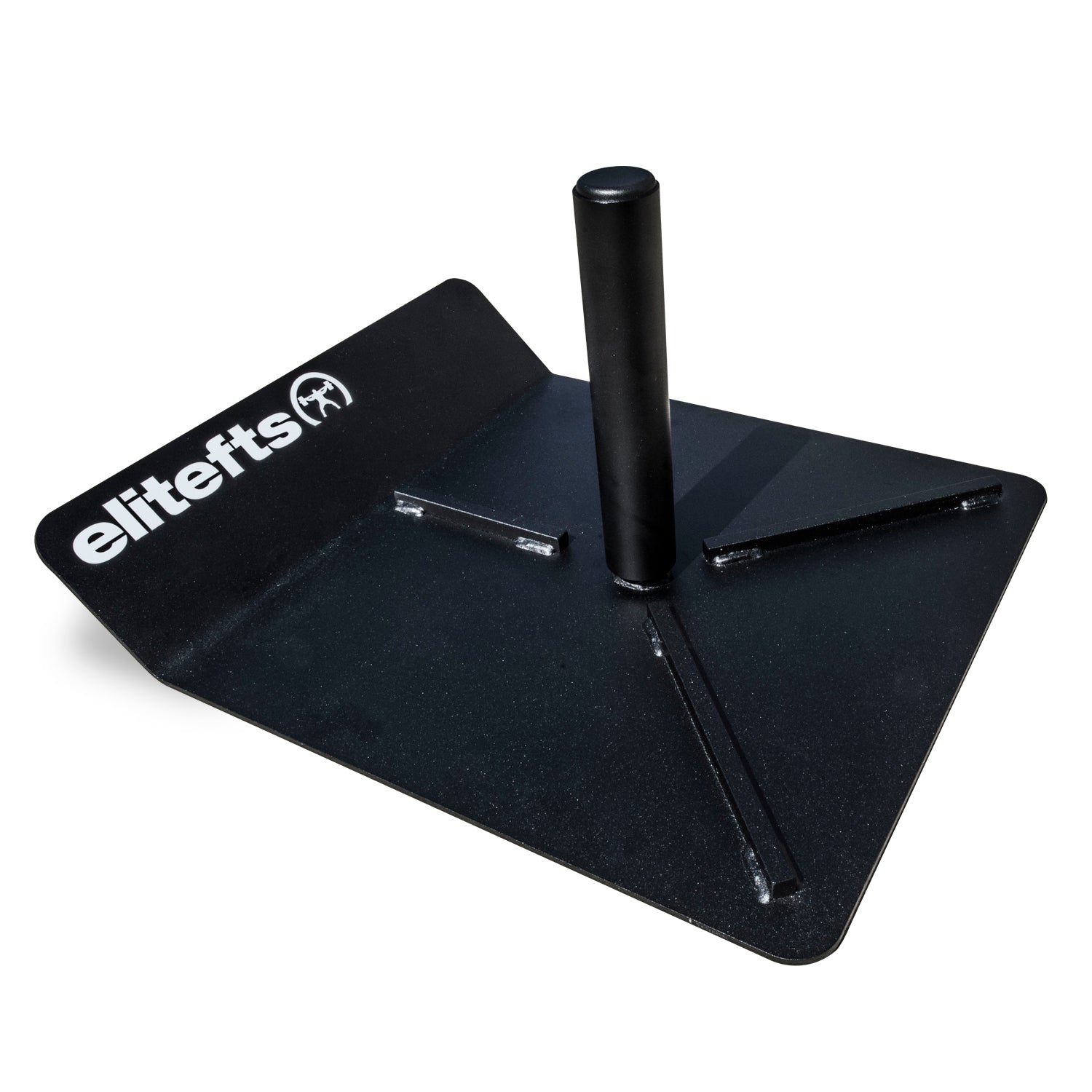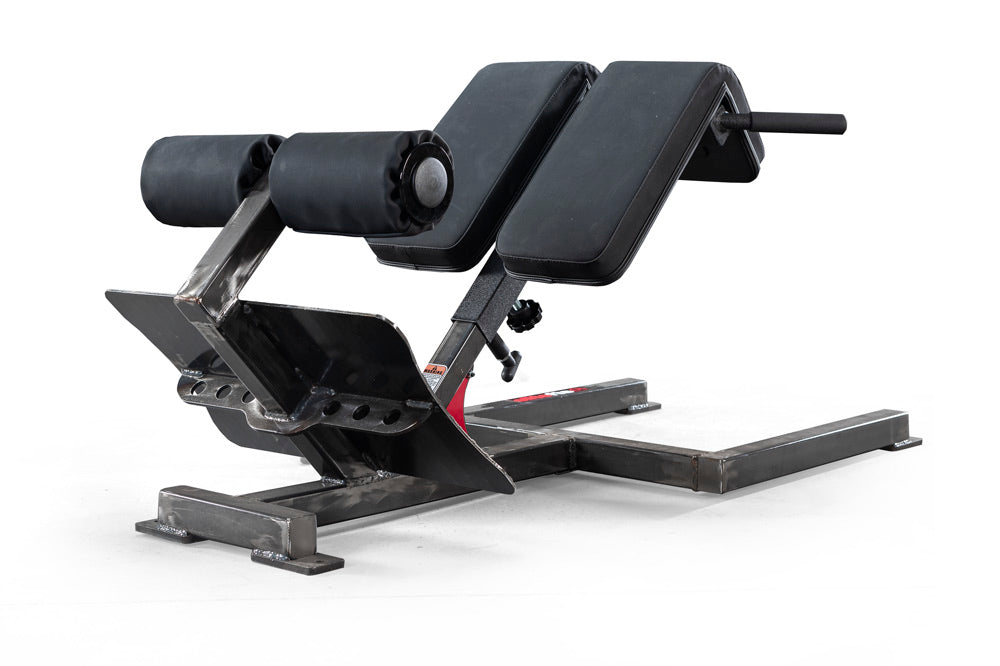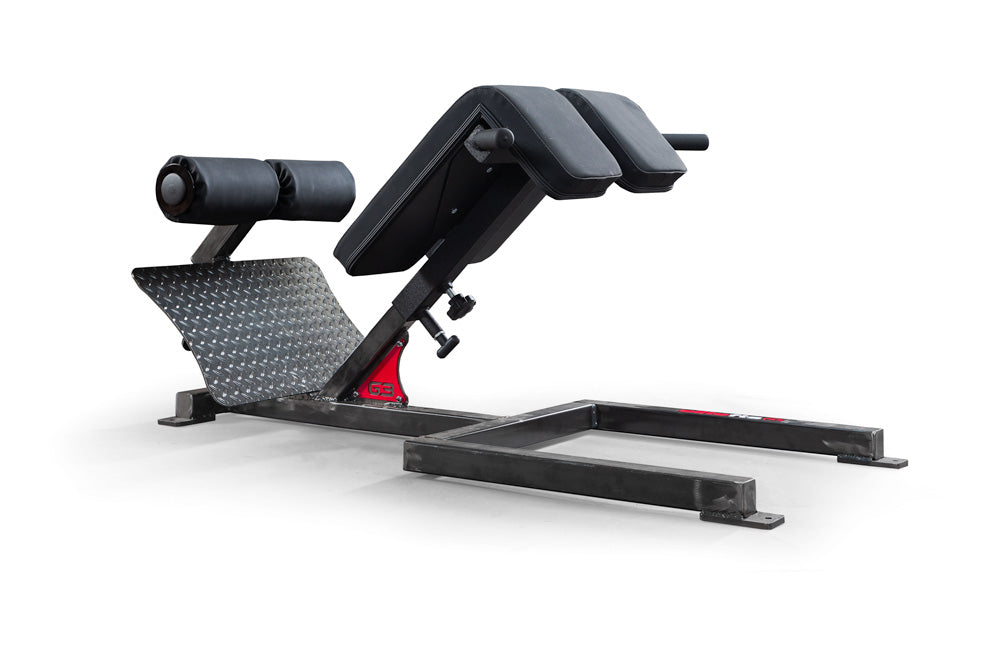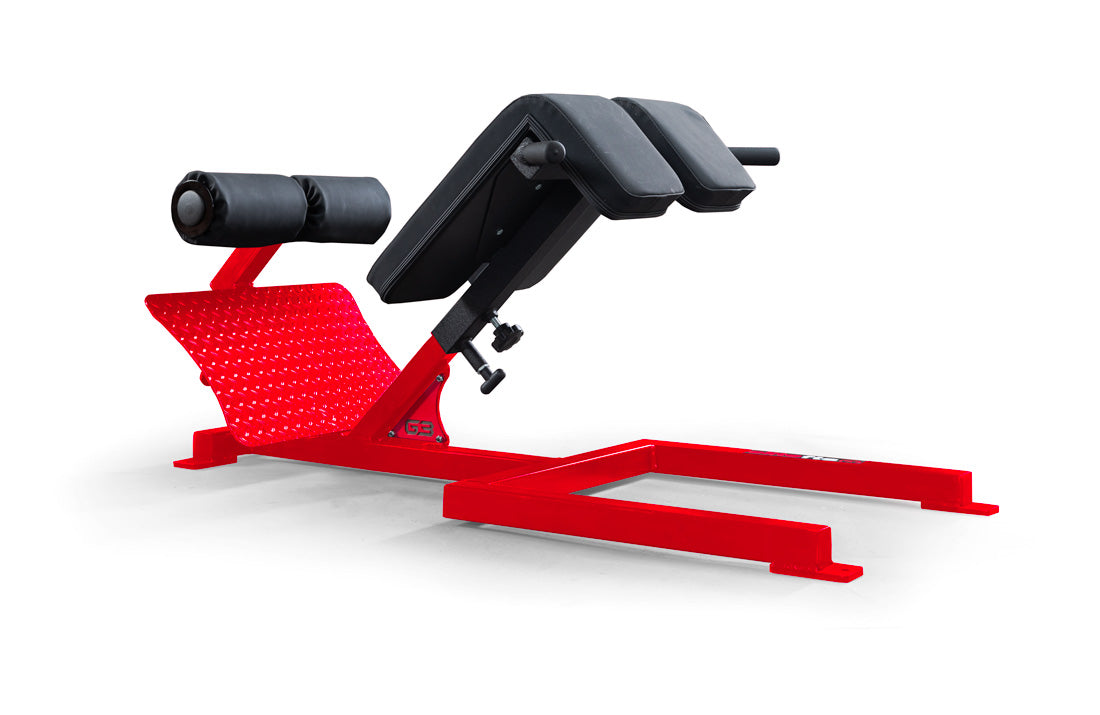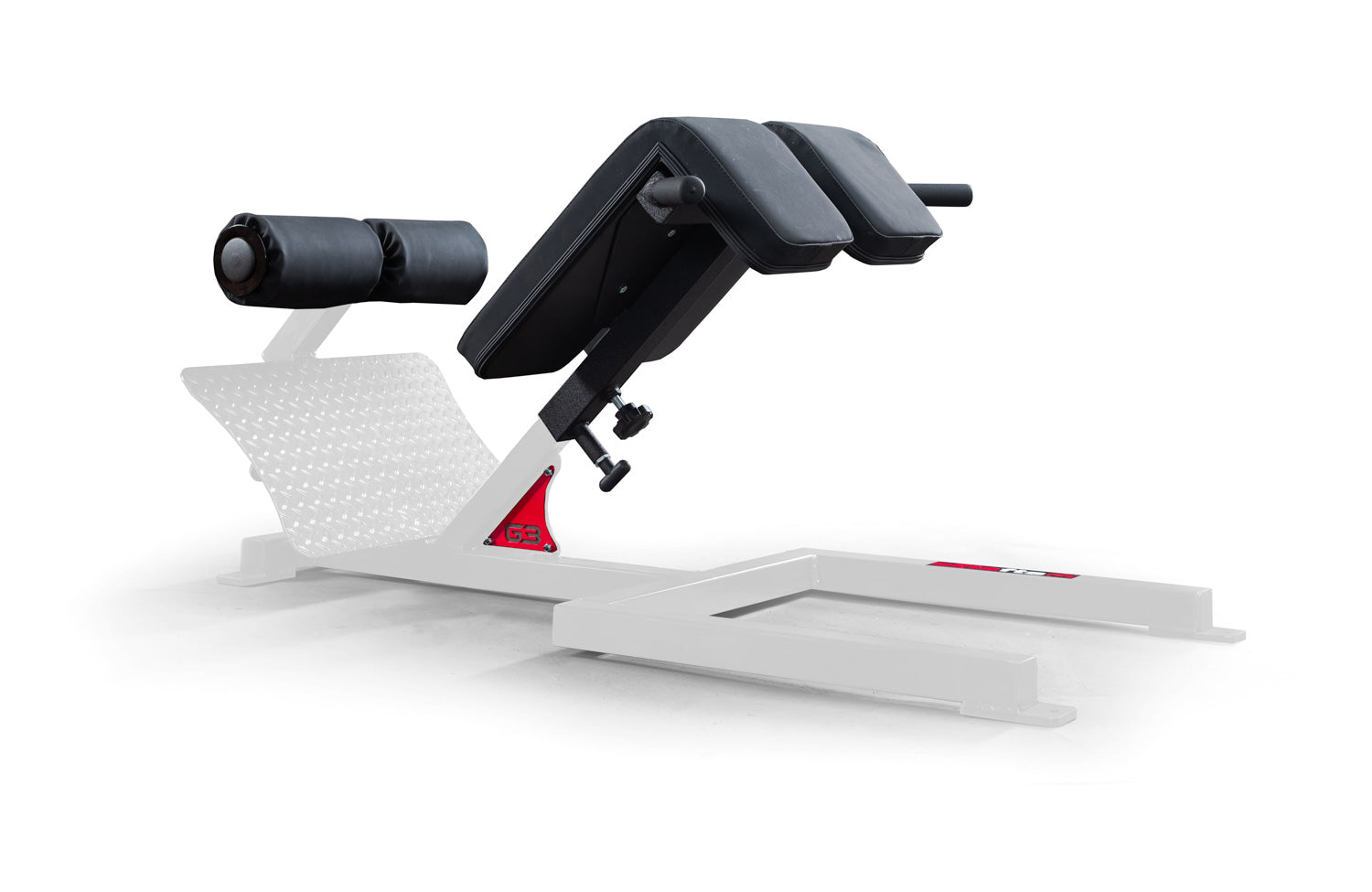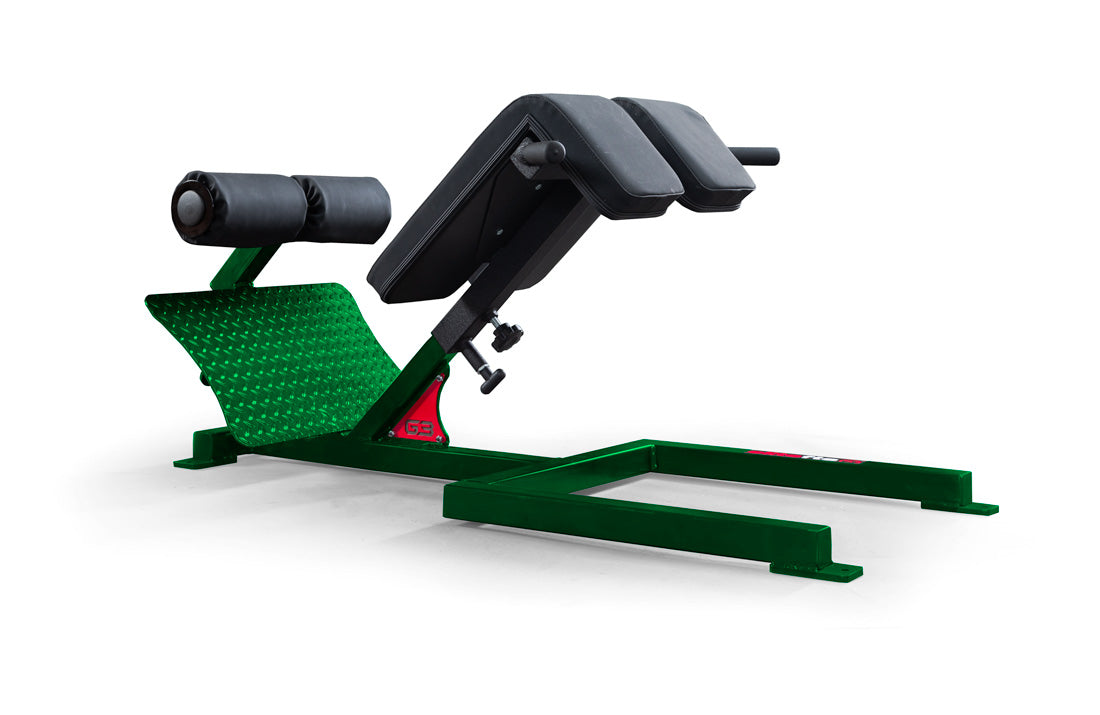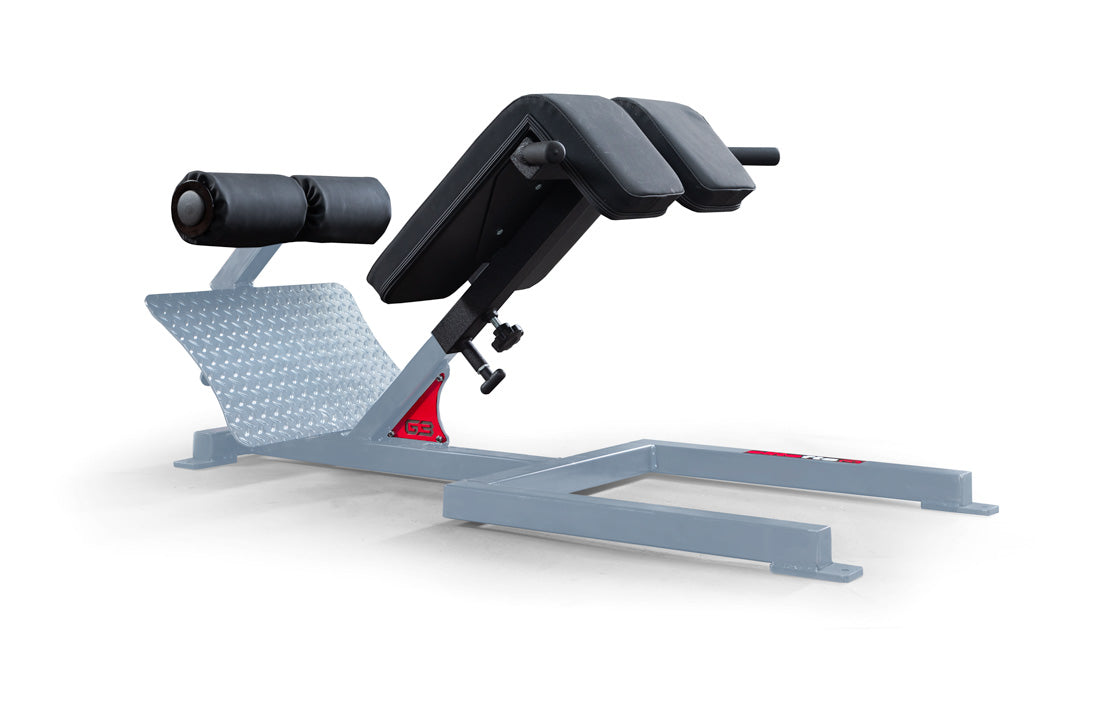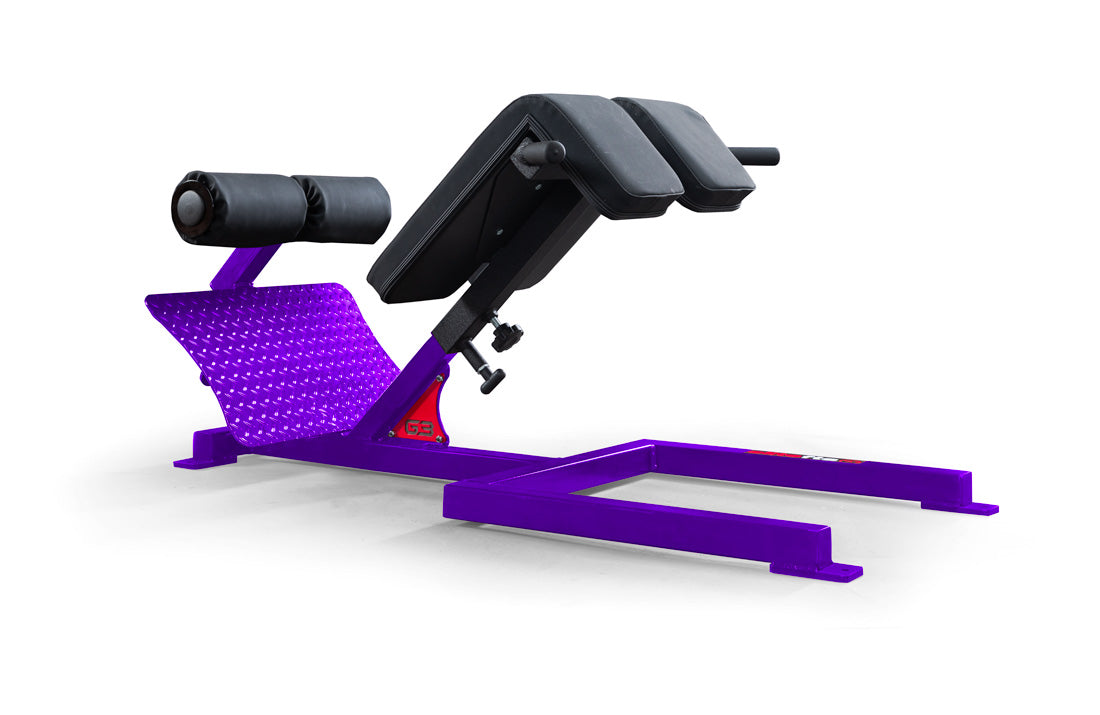This is kind of a continuation of an idea that I got from an article the Angry Strength Coach wrote a while ago along with a correspondence last summer with the Thinker and knowledge from my own studies and experiences.
Over the last six years, I’ve been fortunate to have coached football. I’ve also been a coach of physical preparation at both the high school and collegiate levels. I’m a product of my learning, experiences, and interactions as a physical preparation coach. It has always amazed me how much science goes into planning the programming of off-season workout programs, but yet when it comes to the programming and planning for sport practices, there seems to be no science, just “This is how my coach did it, so this is how I’m going to do it.” Egos seem to dominate the planning of practice rather than practical reasoning and scientific evidence. All I’m trying to do is give some consideration to how to structure practices based on knowledge that much smarter people than I have formulated toward the programming of physical preparation programs and implement it into football practices.
All too often, sports coaches and physical preparation coaches don’t interact unless it’s to explain a bench max or something dealing with their athletes. Unfortunately, there is a line that separates the physical preparation from the sport and the sports coaches. If both sides (physical preparation/sport coach) have the same goal, which is to best prepare their team for games, why is there such a distinct line between them? Many coaches who frequent this site know of the great coaches like Buddy Morris and Charlie Francis. (If you aren’t familiar with these coaches, I highly advice doing some research on them.) Those coaches incorporate into their physical preparation programs much of what coaches like Charlie Francispractice, preach, and have extensively studied. So why then do they only limit it to the off-season preparation program? Why can’t such methods be used to optimally program practices in order to better the athletes?
“Efficiency is the highest result obtained in the least amount of time and effort.” — Thomas Kurtz
We must be wary of what is optimal and what is overworking our athletes while planning practices. We must be aware of what types of stress the various forms of practice have on our athletes. Just because there is a lot of work to do in order to best prepare your team for game day doesn’t mean that your athletes must overtrain with marathon practices, multiple high intensity practices back to back, suicides, crab walks, and bear crawls, all of which are still methods of conditioning and punishment that are used today.
When learning technique along with tactics, athletes should be in a ready state of preparedness and a readiness to learn. They shouldn’t be in a state of fatigue where their already short attention spans and their willingness to digest and learn is exhausted. I’m not saying that we shouldn’t work our athletes hard, but our work must be optimized so that the highest result is obtained and they are ready to peak for competition, not for a Thursday practice.
Central nervous system (CNS): Complex nerve tissues that control activities of the body. This system comprises the brain and spinal cord.
The functional definition of CNS: Any type of maximum speed and explosive exercise/movement. The various drills ran in practice impose stress. Certain forms of stress require greater time to recover from than others.
Symptoms of CNS fatigue:
- Loss of performance or technique
- Frequent cramping
- Loss of concentration
- Sleeplessness
- Depression
High intensity (max effort) = 95 percent total physical effort or above (48–72 hours to recover)
Low intensity (tempo) = 75 percent total physical effort or below (12–24 hours to recover)
We must then make every possible attempt to organize practice drills and practices so that the high practices, which contain the most CNS intensive drills, are separated with practices of lower intensity drills.
Example practice schedule
Friday night game
- H, L, H, L, G
- L, H, L, L, G
Saturday game
- H, L, H, L, L, G
- L, H, L, H, L, G
The benefits of setting up our weekly practices in this manner allows the same amount of volume to be done over the course of the week, but it splits up the intensities in order to allow for better recovery. It allows our athletes’ gas tanks to be closer to full rather than empty by the time competition rolls around.
High intensity example
One group works out while the other group attends meetings
Meetings, 30–45 minutes
Offensive practice, 45–60 minutes
Break into individual positions
- Wide receivers: Route running versus defensive backs, stalk blocking versus defensive backs
- Quarterbacks: three-step drop, five-step drop, roll outs
- Quick read tests
- Running backs: Hole recognition, pass blocking drills versus linebackers, inside run
- Offensive linemen: Bag drills, partner drills, lover’s lane, inside run
- Fast paced, run through script
- Run through first down and second and long plays
- Two-minute drill
- Defensive practice, 45–60 minutes
- Defensive backs: Back peddle drills, 1 on 1s versus wide receivers, stalk block versus wide receivers
- Linebackers: Bag drills, tackling drills, inside run
- Defensive linemen: Bag drills, shoot drills, lover’s lane, inside run
- Fast paced, run through script
- Practice versus first down and second and long plays
Offensive and defensive team meetings, 35–45minutess
Dynamic team warm-up
- Offensive practice, 30–60 minutes
- Wide receivers: Release technique, catching technique, coverage recognition, mental reps
- Quarterbacks: Drops, reads, mental reps
- Running backs: Reads, blocking assignments, mental reps
- Offensive linemen: Reads, assignments, mental reps
- Team walk through
- Reads and recognitions
- Defensive practice, 30–60 minutes
- Defensive backs: Technique work, route recognition, mental reps
- Linebacker: Technique work, play recognition, mental reps
- Defensive linemen: Technique work, mental reps
- Team walk through
- Reads and recognitions
- Special teams practice, 15–30 minutes














